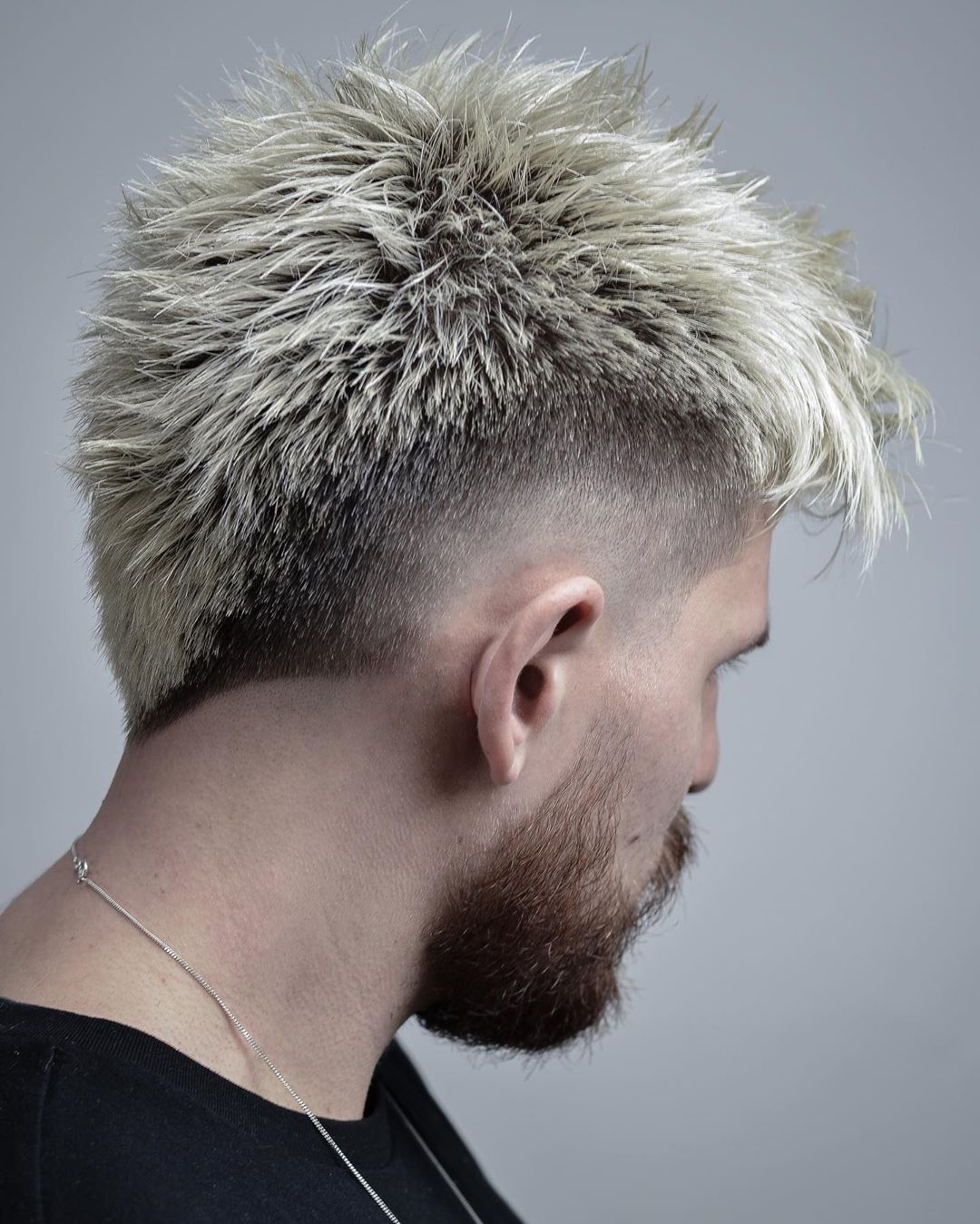Table Of Content

The White Flippered Penguin is one of the smaller penguins on this list, with a body length of just over sixteen inches and weighing in at just over three pounds. They prefer to breed in forests from September to January, where they keep their eggs safe amidst shallow nests made of mud and twigs. There are more Macaroni Penguins in the world than any other different type of penguin. You can only find Little Penguins in southern Australia and parts of New Zealand. They have colonies from Perth on the west coast down to the island of Tasmania. Southern Rockhoppers are hunted mainly by killer whales, fur seals, and sea lions, while they enjoy eating crustaceans, krill, squid, and smaller fish.
What Is a Group of Penguins Called?
While their waddling might make you think that they’re not very comfortable on land, penguins are actually quite skilled at moving around on solid ground. Granted, they’re much more graceful in the water, but penguins are also well-adapted to their terrestrial habitat. Although there’s quite a lot of debate over how many penguin species there are, classifying all of them isn’t too complicated. Since Isabela Island is located on the Equator, the Galápagos penguin is the only penguin found in the Northern Hemisphere. The introduction of invasive species, such as feral goats, can also destroy vegetation that these penguins use for nesting. As a result, the Humboldt penguin is currently listed as vulnerable by the IUCN.
What types of penguins live in Antarctica?
The emperor penguin is closely related to the king penguin; the two species are the only living members of the "great penguin" genus, Aptenodytes. The emperor penguin is not only the largest type of penguin, being both the heaviest and the tallest member of the family Spheniscidae, but also the fifth-largest of all birds. The species is found all around the coast of Antarctica, and, along with the emperor penguin, lives further south than all other penguins.

Egg Appearance
While that iconic image is arguably the most well-known, there are more than twenty different types of penguins spanning every continent in the southern hemisphere. When you think of penguins, flightless birds with tuxedo patterns probably come to mind. The King penguin, or Aptenodytes patagonicus, is one of the two biggest penguin species around the world; the Emperor penguin, which is closely related, is the bigger of the two. Aptenodytes patagonicus is one subspecies, while Aptenodytes patagonica halli is another. The collective noun for a group of baby penguins, or penguin chicks, is a crèche.
Diet:
Primanti Bros. Celebrates Jagr Jersey Retirement with Free Sandwiches for Those Who Get Iconic “Hockey Hair” Haircut - WTRF
Primanti Bros. Celebrates Jagr Jersey Retirement with Free Sandwiches for Those Who Get Iconic “Hockey Hair” Haircut.
Posted: Fri, 16 Feb 2024 08:00:00 GMT [source]
In this visual guide, we will explore the various types of penguins and provide pictures to help you visualize these incredible birds. Chile is home to a diverse range of penguin species, including the Magellanic Penguins, Humboldt Penguins, and the rare Yellow-eyed Penguins. The Yellow-eyed Penguins, also known as Hoiho, are one of the rarest penguin species in the world. They can be found along the southeastern coast of New Zealand’s South Island and the sub-Antarctic islands. These penguins are known for their distinctive yellow eyes and their shy nature.
Types of Penguins: A Comprehensive Guide to Their Species and Habitats
The Humboldt penguin takes its name from the Humboldt Current, a current of cold water that flows northwards along the western coast of South America. The Humboldt Current itself was discovered by the Prussian naturalist and explorer Alexander von Humboldt. The Galápagos penguin is only found on the Galápagos Islands – a group of islands in the Pacific Ocean famous for providing the inspiration for Charles Darwin's Theory of Evolution. The species spends much of its life at sea, only returning to land to breed and molt. This is an adaption to assist with thermoregulation (the process of keeping the body at the correct temperature).
Types Of Penguins With Pictures And Facts: Every Penguin Species Listed
So, technically, the penguin lives in both the Southern and the Northern Hemispheres. The IUCN lists southern rockhoppers as vulnerable with a decreasing population. Southern rockhoppers are primarily at threat from oil spills, human disturbances, and the effects of overfishing.
E. Penguins in South America
To help protect them in the water, penguin species have evolved to have their distinctive ‘tuxedo’ look with white stomachs and black backs. As a result, predators swimming above penguins have a hard time seeing them in the darkness of the ocean. Meanwhile, predators swimming below penguins can’t tell them apart from the brightness of the sun above. Macaroni penguins have a dark yellow crest that’s much more defined than what you see in most other crested penguin species. It’s also a bit larger than the other crested penguins in its range and it has a bulkier bill. Identifying each of these species can be a challenge because they all share a characteristic band of tufted yellow crests near their eyes.
Each parent takes a turn incubating the egg for up to two months at a time while the other waddles back to the ocean to feed. Eventually, a young emperor penguin chick will hatch, chrèche, and then fledge into the sea before the start of the next winter season. Emperor penguins live primarily on the stable pack ice of Antarctica, though you can sometimes find them on solid land.
Also known as the jackass penguin, the African penguin frequently makes a noise that closely resembles that of a donkey. Next up on our list, we have the so-called banded penguins of the genus Spheniscus. These fantastic birds all feature similar striped patterns on their faces and bodies and they make very loud noises that sound like a braying donkey. Nevertheless, the white-flippered penguin features a distinct plumage coloration that’s mostly gray, rather than blue. At very quick glance they look alike with white and black bodies, but they all have unique characteristics.
Unfortunately, this penguin’s population totals have trended downward for decades due to environmental concerns and overfishing. An average Erect-crested Penguin will weigh around ten pounds and measure in at twenty-six inches. The oldest recorded Snares Penguin lived to be twenty years old, and the species reaches sexual maturity at about four years old. They are a long-lived species, and some Emperors can live forty years or more. They are very fat, with lots of blubber to keep them warm in the world’s most inhospitable climate. Native to the Strait of Magellan in South America, these penguins are lightning-fast swimmers who hunt anchovies, sardines, and squid.
Both in terms of their practicality and their aesthetic appeal, their feathers are simply remarkable. Most penguins lay clutches that contain two eggs; however, the king and emperor penguins both lay only one egg. While there are 18 recognized species of penguins, many of them are experiencing declining populations due to a range of factors. Climate change, habitat loss, overfishing, pollution, and human disturbance are some of the key threats that have pushed these remarkable birds towards the brink of extinction. This chart provides a snapshot of the diverse range of penguin species, each with its own unique characteristics and adaptations. From the regal King Penguins to the adorable Rockhopper Penguins, these incredible birds continue to captivate us with their remarkable traits and behaviors.
The Macaroni penguin and the Royal penguin are two types of penguins that are commonly confused with one another. Penguins primarily feed on fish, squid, and krill, which are rich sources of protein, fats, and minerals. Their diet is crucial for maintaining their energy levels and supporting their reproductive success. Efforts to conserve the Macaroni Penguin population have been implemented to address these challenges. Conservation organizations have focused on protecting their breeding grounds, establishing marine protected areas, and promoting sustainable fishing practices.
Fiordland Penguins can live up to twenty years and spend seventy-five percent of their lives at sea. Unlike King Penguins, they are less uniform in length and width, as their sizes vary widely based on their diets. They can travel vast distances that cover thousands and thousands of miles when hunting for food before returning home again. Eastern Rockhopper Penguins rarely spend much time on land, visiting only when they need to breed and molt in the spring, summer, and early fall. Sadly, warming sea temperatures and pollution have seen a fifty percent decline in the Macaroni Penguin population in the last forty years. These tiny birds only measure in at a foot tall and about two and a half pounds.
Both the cheek and ear-covers are dark - the chin can also be dark too. Audubon protects birds and the places they need, today and tomorrow. The bones are flattened and broadened, with the joint of the elbow and wrist almost fused. The smallest of the penguins is the little penguin, standing just 41 to 45 cm (16 to 18 in.) and weighing about 1 kg (2.2 lbs.). Penguins also communicate with each other and exhibit intricate courting and mate-recognition behavior.












